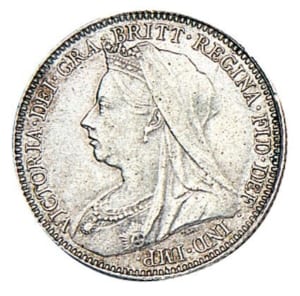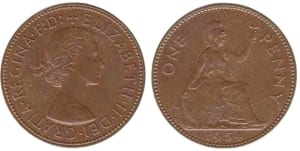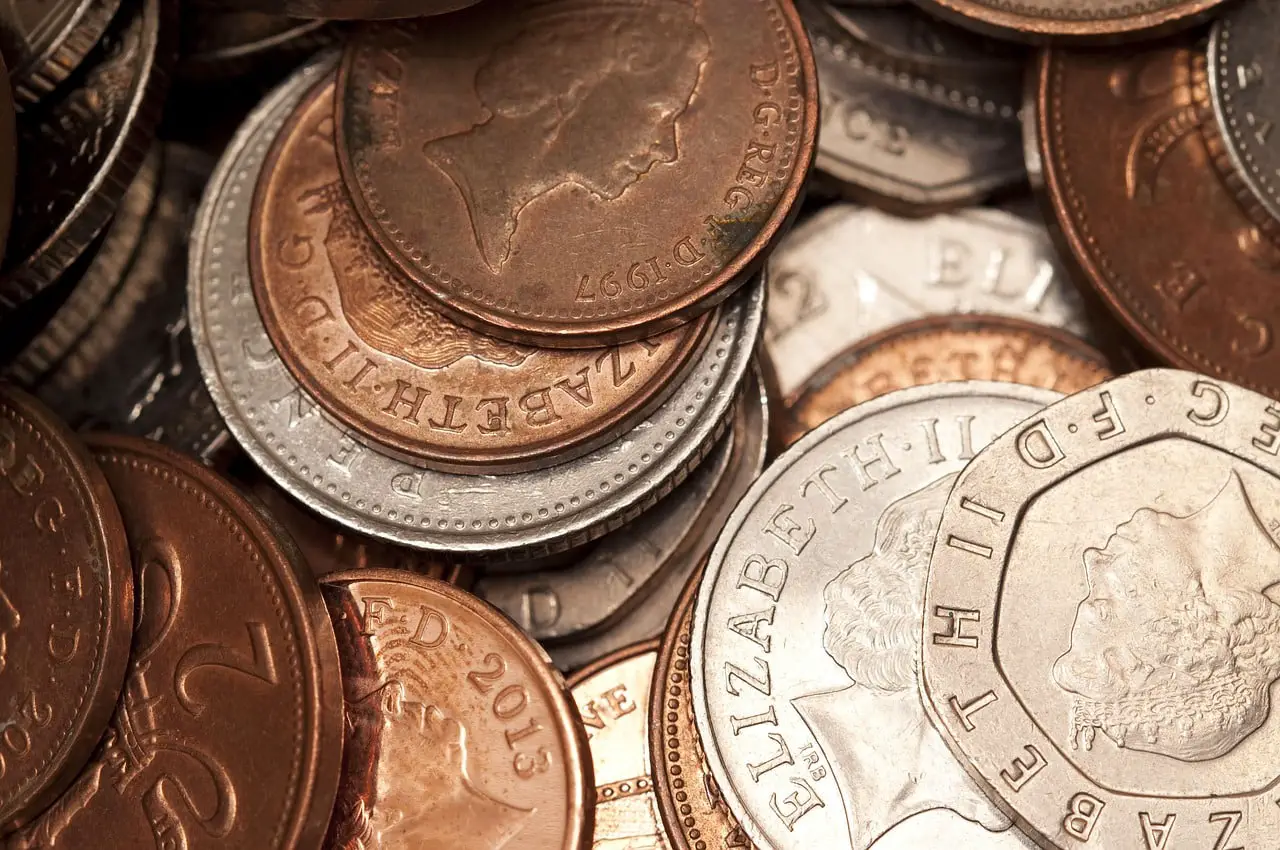You would be surprised how many people consider melting coins, specifically older coins that contain silver, in order to make a profit – but is it illegal to melt coins in the UK or are these people within their rights?
According to the Uk Coinage Act of 1971, it is illegal to melt any UK coins produced after 16th May 1969 or those that ceased to be current after that date.
UK Law
As we mentioned, under the UK Coinage Act 1971, it is illegal to melt any UK coin produced after the 16th of May 1969, the day that the UK parliament approved the Decimal Currency Act.
Section 10 of the act specifically says:
“No person shall, except under the authority of a license granted by the Treasury, melt down or break up any metal coin which is for the time being current in the United Kingdom or which, having been current, has at any time after 16th May 1969 ceased to be so.”
Anyone caught breaking the law risks facing a £400 fine and potentially up to two years imprisonment.
This law is only enforced in the UK meaning if you were to take British coins to a country outside of the UK, it would be legal to melt them assuming they complied with the laws of said country.
The law also makes a point of only applying to coins that are or have been considered legal tender within the UK at any point after 1969. This means you will not be prosecuted for melting any foreign coins within the UK.
Is It Illegal To Melt Coins No Longer In Circulation?
You might be wondering whether the law applies to British coins that are no longer in circulation. It seems odd that anyone would be bothered about the coins being destroyed as they essentially no longer hold any value. So is it legal to melt down coins that have been taken out of circulation?
The answer is a little more complicated as it depends on the date that the coin was minted and used in circulation. Section 10 of the UK coinage Act 1971 specifically says that it is illegal to melt any coins that were taken out of circulation after the 16th May 1969.
That means that any coin which was introduced as part of the decimalisation of the UK’s currency system in 1971 is not to be melted down or broken up, regardless of whether they are in circulation or not. This law also applies to any pre-decimal coins that were still an active part of the circulation and considered to be legal tender until after the specified date.
This law covers the vast majority of coins minted in recent history. The few pre-decimal coins that the law does not apply to generally have a worth significantly more than their metallic value in current times.
There’s no clarification as to whether the changing of the monarch causes certain coins to be exempt from the law, for example, a shilling minted during the reign of George VI. We would still advise against melting or breaking down any such examples to stay on the safe side.
The History Of Melting Coins In The UK
Ask the average person and they’ll tell you that the metal content of coins is worth more than the face value. But is this actually true and is there any reason to melt UK coins?
In the past, melting coins was a fairly common practice. This can easily be attributed to the fact that coins were generally made from precious metals, particularly silver.
In fact, during the 1700s the people of Britain discovered they could melt down low-value coins such as shillings and pennies as a way of making an easy profit, eventually leading to a huge shortage of small change across the country.
This is because the coins were made entirely of silver which was undervalued at the time resulting in the coins having a silver content that was worth more than their face value.

As a way of combatting this, the British Parliament decreased the silver content in several coins by 6% during the 1816 recoinage. This officially meant that each of the coin’s market value would be higher than the market value of the silver content, essentially removing the incentive to melt coins altogether.
In 1919, there was a sudden spike in the world price of silver meaning the weight of silver in the shilling (5.2 grams) was worth more than the coin’s market value.
Not wanting another shortage of small change across the UK, Parliament reduced the silver content down to 50%. This once again stopped any incentive to melt shillings down to resell.
The silver content in British coins was removed altogether in 1947, and after that point, there were no longer any British coins that were minted with any precious metal content.
Is It Even Worth It To Melt Coins Today?
In more recent times there has been an incentive to melt UK coins that resulted in the Royal Mint issuing warnings to those considering taking advantage.
It all came down to the value of copper increasing to over $9,000 a tonne in 2006, caused by rapid economic growth in countries such as India and China. Copper coins minted in the UK prior to 1992 have a copper value that is worth twice the coin’s market value meaning they could be melted down and easily sold for a profit.

Unfortunately for those hoping to get involved, copper coinage in the UK refers to 1p and 2p coins meaning a person would have to acquire thousands of them for it to be worth the effort.
Pennies minted after 1992 were not minted entirely in copper, and instead are made from copper-plated steel resulting in their face value remaining higher than the value of their metal content.
With very little reason to melt UK coins in current times, those who do are typically artists that may use a handful for small sculpture projects. We should remind you though that this is still considered to be illegal, even if you are not melting them down for profit.
Final Thoughts
Throughout history, there have been many examples where melting coins in the UK could provide you with an easy profit, but in modern times the practice is illegal and there is very little incentive to do so anyway.
If you have any questions about what we’ve talked about in this article, you can contact us here.
